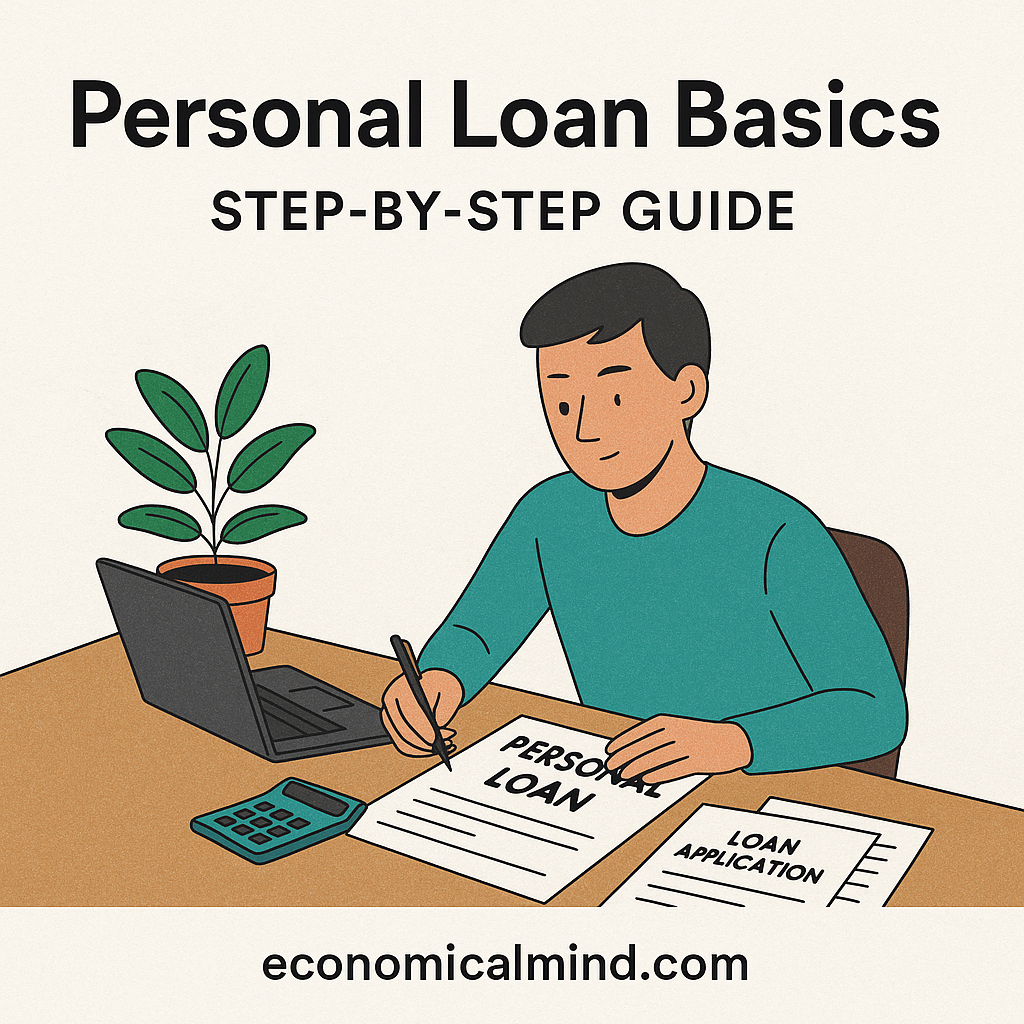
Whether you need to consolidate debt, fund a major purchase, or handle an unexpected expense, a personal loan can be a useful financial tool — when used wisely. Unlike credit cards, personal loans offer predictable payments and fixed interest rates, helping you stay organized and in control.
Here’s a clear, step-by-step guide to understanding how personal loans work and how to use them effectively.
Step 1: Understand What a Personal Loan Is
A personal loan is a lump sum of money you borrow from a bank, credit union, or online lender, then repay in fixed monthly installments over a set term — typically between two and seven years.
You can use a personal loan for almost anything, including:
- Debt consolidation
- Medical expenses
- Home improvements
- Large purchases
- Emergency costs
The key difference from credit cards is that a personal loan provides structure — a fixed payoff timeline and a predictable monthly payment.
Step 2: Check Your Credit Score
Your credit score plays a major role in whether you qualify and what interest rate you’ll receive.
- A high score (700+) usually earns better terms.
- A fair score (600–699) may still qualify, but with higher rates.
- A low score (<600) might require a co-signer or secured loan.
Check your credit report for errors before applying. A small correction could save you hundreds of dollars in interest over the life of the loan.
Step 3: Compare Lenders and Offers
Not all personal loans are created equal. Different lenders offer different interest rates, fees, and repayment terms.
When comparing loans, look at:
- Annual Percentage Rate (APR): The total yearly cost, including fees.
- Loan term: Shorter terms cost less overall but have higher monthly payments.
- Fees: Watch for origination or prepayment fees.
- Customer service and flexibility: Online lenders may offer faster approvals, while credit unions often have lower rates.
Always use a loan comparison tool or prequalification process to check potential rates without hurting your credit score.
Step 4: Apply and Get Approved
Once you’ve found the best offer, gather the required documents, such as:
- Proof of income (pay stubs or tax returns)
- Identification (driver’s license or ID card)
- Employment verification
- Bank account details
Many lenders offer instant or same-day decisions online.
Once approved, funds are typically deposited into your account within a few days.
Step 5: Use the Funds Wisely
Treat your personal loan as a structured tool — not free cash.
If you’re using it for debt consolidation, immediately pay off the higher-interest balances.
If it’s for an expense, stick strictly to your original purpose and avoid unnecessary spending.
The goal is to use the loan to improve your finances — not create new debt.
Step 6: Make Payments on Time
Consistent, on-time payments build your credit score and strengthen your financial reputation.
Set up automatic payments to avoid missed due dates, and consider paying a little extra each month to reduce your total interest cost.
Even one late payment can hurt your credit and add fees — so automation is your best friend here.
Bonus Tip: Avoid Common Pitfalls
To make the most of a personal loan:
- Don’t borrow more than you truly need.
- Be cautious of lenders that promise “guaranteed approval” — these are often scams.
- Avoid refinancing repeatedly, which can lead to a cycle of debt.
Used correctly, a personal loan can simplify your finances and help you reach your goals faster.
Final Thoughts
A personal loan can be a smart financial tool when managed with discipline and purpose. By understanding the process — from comparing offers to making timely payments — you’ll use credit to your advantage instead of letting it control you.
Remember: the best loan isn’t the biggest one, but the one that moves you closer to financial stability and peace of mind.
